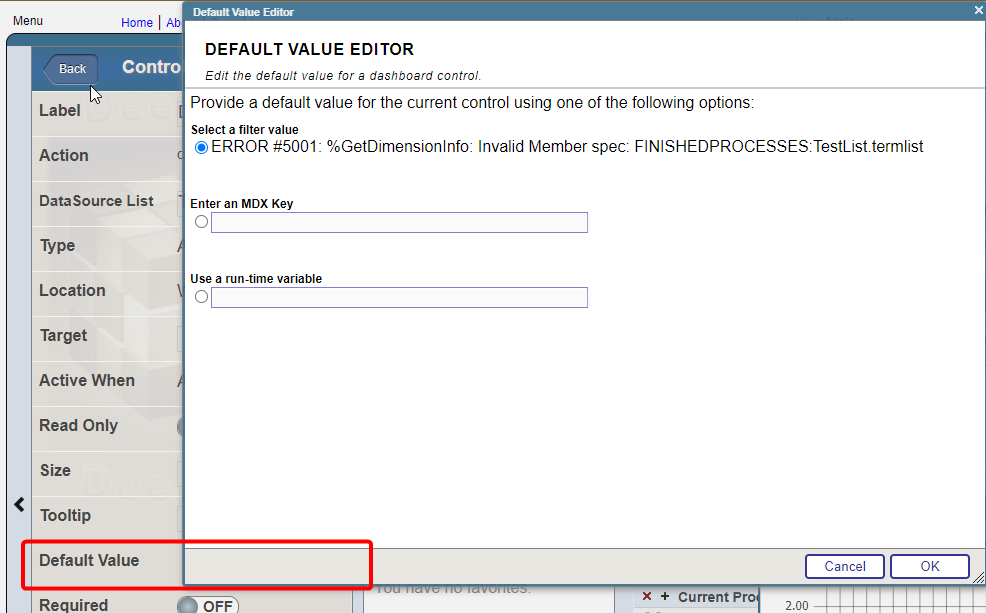Let's suppose two different routines use one and the same chunk of code. From the object-oriented POV, a good decision is to have this chunk of code in a separate class and have both routines call it. However, whenever you call code outside of the routine as opposed to calling code in the same routine, some execution speed is lost. For reports churning through millions of transactions this lost speed might be noticeable. Any advice how to optimize specifically speed?

.png)
.png)
.png)
